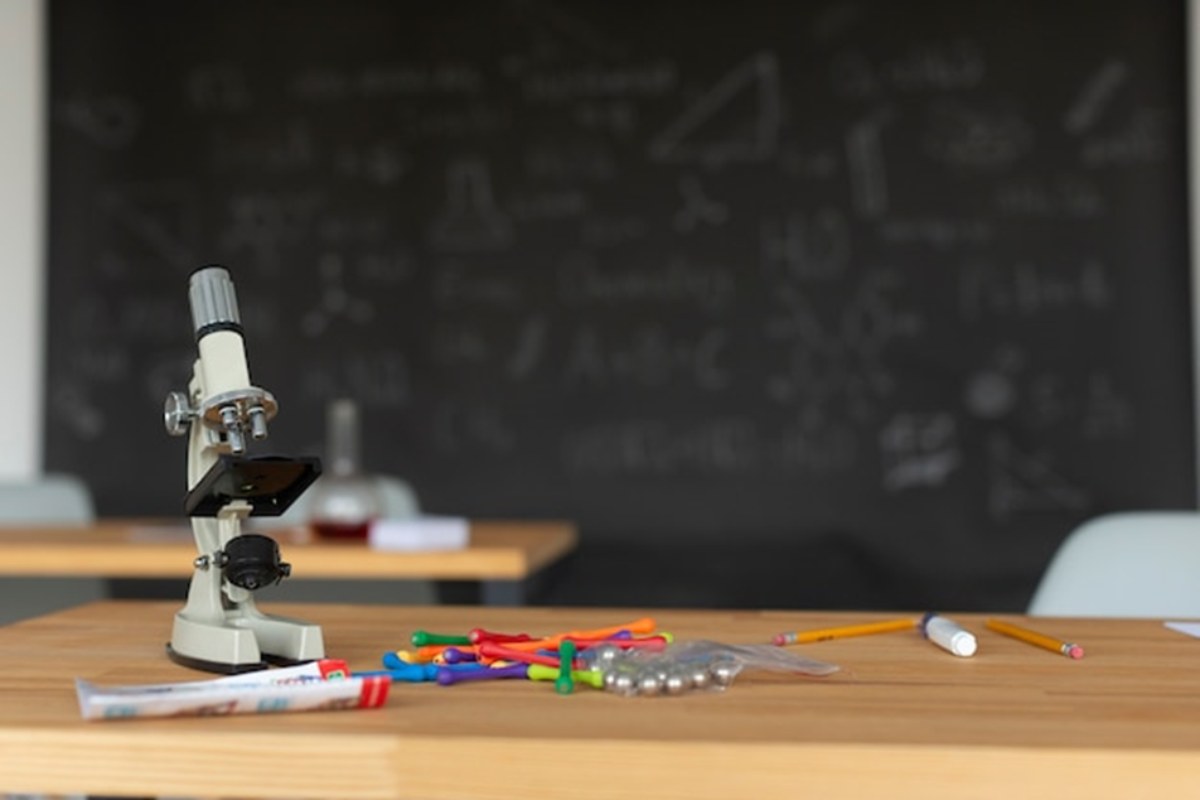Physics education is a crucial component of scientific literacy, yet it often presents formidable challenges to learners. The complexity of its concepts, combined with the required mathematical precision, can seem daunting. However, with the right tools and resources, students can effectively overcome these obstacles. This article explores a range of vital tools that aid in mastering physics, including textbooks and innovative educational apps.
Foundational Textbooks
Choosing the right textbooks is essential for establishing a strong foundation in physics. Works like “Fundamentals of Physics” by Halliday, Resnick, and Walker are essential, covering a broad spectrum of both basic and complex topics. These books are known for their clear explanations and comprehensive problem sets that help students decipher complicated ideas.
“The Feynman Lectures on Physics” are priceless resources beyond standard textbooks. Delivered by the iconic physicist Richard Feynman, these lectures are celebrated for their engaging and intuitive approach to simplifying physics. They enhance traditional study materials by providing new perspectives on familiar concepts.
Textbooks tailored for specific educational levels are also vital. For example, high school students might benefit from “Conceptual Physics” by Paul Hewitt, which emphasizes understanding over memorization. Meanwhile, college students may prefer “University Physics” by Young and Freedman for its depth and detailed analysis.
The Role of Scientific Calculators
Scientific calculators, such as the Texas Instruments TI-84 Plus and the Casio fx-991EX, are key allies in tackling complex physics equations. These devices streamline calculations involving trigonometry, logarithms, and exponents—common challenges in physics studies.
With graphing capabilities and programmable functions, these calculators not only help students visualize mathematical challenges but also automate repetitive computational tasks. This dual advantage minimizes errors and saves time, allowing students to focus more on understanding the principles at play.
These calculators are also invaluable during examinations, where familiarity with their functions can significantly enhance a student’s efficiency and accuracy under time constraints.
Essential Laboratory Equipment
Hands-on experiments are enlightening and crucial in physics education. Students depend on basic tools like multimeters, oscilloscopes, and force sensors to make theoretical concepts tangible.
For more advanced investigations, apparatus such as air tracks and photogates are indispensable. These tools enable precise studies of motion and dynamics, helping students explore and understand phenomena like velocity, acceleration, and momentum in a controlled environment.
Safety is paramount in any laboratory setting. Protective gear like goggles and gloves is mandatory to protect students from potential hazards. A solid understanding of safety protocols not only prevents accidents but also fosters a culture of responsibility essential for scientific inquiry.

Online Learning Platforms
In today’s digital age, online learning platforms are critical tools for physics students. Platforms like Khan Academy and Coursera are rich sources of interactive lessons, tutorials, and problem sets, offering the flexibility to learn at one’s own pace and revisit challenging topics as needed.
Khan Academy, for instance, provides comprehensive courses in physics that range from basic mechanics to advanced quantum physics. The platform’s interactive exercises and video tutorials simplify complex subjects, while immediate feedback on exercises helps students identify and address their weak areas.
Coursera collaborates with top universities to offer courses taught by distinguished professors. These courses include video lectures, reading materials, and graded assignments, providing a well-rounded educational experience. Enrolling in these courses not only delivers insights from experts but also awards certificates that enhance a student’s academic profile.
The Power of Study Groups
Study groups significantly enhance students’ understanding of physics. These groups facilitate idea exchange, collective problem-solving, and diverse perspectives on concepts. This collaboration enriches learning, sharpens critical thinking, and boosts problem-solving skills.
Forming an effective study group requires individuals who are diverse in their strengths and equally dedicated to their educational goals. Regular meetings with clear objectives and structured plans are key to maintaining focus and productivity. By sharing responsibilities and tackling challenges together, students can leverage their collective intelligence.
Beyond academics, study groups offer emotional support and motivation, which are crucial during demanding courses. The camaraderie and shared challenges reduce stress and isolation, making learning a more enjoyable and less daunting endeavor.
Mastering the IB Physics Formula Sheet
The IB physics formula sheet is an essential tool for students preparing for exams. Loaded with crucial formulas and constants, this sheet provides quick access to the equations needed during tests, saving valuable time.
Effective use of this tool involves more than memorization. Students are encouraged to actively apply these formulas in various problem scenarios, deepening their understanding of each equation’s application and limitations. This practice builds confidence and sharpens problem-solving skills, making exam challenges more manageable.
Additionally, the formula sheet is a continuous academic companion. Regular interaction with and application of this resource reinforces key concepts and connections within the subject, fostering competence and paving the way for academic success.
Educational Apps and Software
In our digitally-driven world, educational apps and software transform the study of physics. Interactive platforms like PhET simulations and Wolfram Alpha make learning dynamic and effective. These tools allow students to visualize complex physics concepts and experiment with different scenarios digitally.
Developed by the University of Colorado Boulder, PhET simulations offer interactive modules covering a wide range of physics topics. These simulations enable students to adjust variables and see immediate effects, providing a hands-on learning experience.
Wolfram Alpha, an advanced computational tool, solves complex equations and provides detailed explanations. It helps students verify their calculations, explore different problem-solving approaches, and gain deeper mathematical insights. This tool is particularly valuable for tackling difficult problems and enhancing analytical skills.
Mastering Time Management
Effective time management is essential in physics education. Students must balance lectures, laboratory sessions, and personal study. Adopting structured strategies and disciplined routines can greatly enhance their educational outcomes. Techniques such as the Pomodoro Technique and active recall are particularly effective in optimizing time and improving learning efficiency.
The Pomodoro Technique organizes study periods into 25-minute focused bursts followed by short breaks. This method helps maintain concentration and prevent fatigue, increasing the productivity of study sessions. Setting clear goals for each segment ensures steady progress.
Active recall requires students to test their understanding of material rather than passively reviewing notes. This approach strengthens retention and deepens comprehension by actively engaging with the content. Frequent self-testing and problem-solving help students identify and correct knowledge gaps efficiently.
Wrapping Up
To conclude, excelling in physics education demands a comprehensive set of resources and tools. From essential textbooks and scientific calculators to dynamic online platforms and collaborative study groups, each element plays an integral role in a student’s educational journey. Tools like the IB physics formula sheet, innovative educational apps, and effective time management strategies significantly enhance a student’s ability to master complex concepts.
By effectively utilizing these resources, students are well-equipped to navigate challenges, deepen their understanding, and achieve their academic goals in physics. Though the journey is challenging, with the right resources, success is within reach. Embrace this suite of tools and propel your understanding of physics to new heights.


